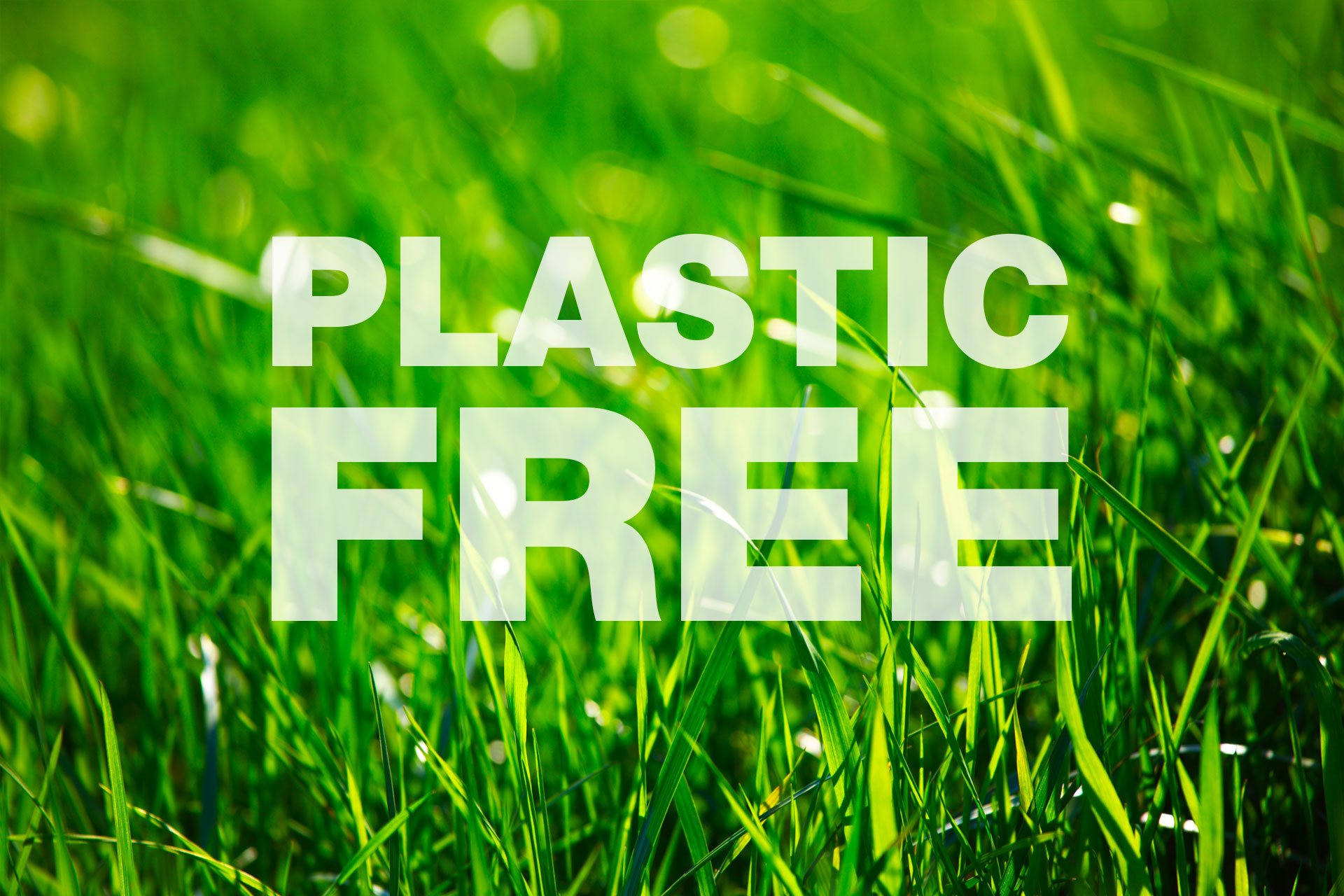The Real Plastic Trash Cluster
The plastic industry promotes the benefits of its products while disregarding the significant negative impact they have on human health and the environment. Although there is debate about the energy efficiency of plastic production compared to reusable alternatives, the industry emphasizes its role in repurposing waste from fossil fuels.
However, plastic poses substantial external costs to both human health and the environment, as evidenced by the 35.4 million tons of plastic waste generated by Americans in 2017 alone. Much of this plastic is intended for single-use, but the non-biodegradable nature of plastics means they persist long after their useful life ends.
Although certain types of single-use plastics, particularly those labeled with #1 and #2 resin codes, can be recycled, recycling rates in the United States are disappointingly low, hovering around a meager seven percent. In 2017, only 8.4% of plastics were recycled, and this figure could further decline due to anti-import laws in Asian countries, which already caused the rate to drop to 4.4% in 2018. Even bioplastics made from plant matter, which are environmentally beneficial if properly composted, do not make a significant difference if not handled appropriately.
Consequently, a considerable amount of single-use plastic waste ends up in landfills or as litter on land, streams, rivers, and ultimately the ocean. While the percentage of plastic production that reaches the ocean seems small at 0.2 to 0.3 percent, the sheer quantity of single-use plastic bags distributed globally—over 500 billion each year—means that hundreds of millions of bags find their way into the ocean daily. When other types of plastic trash are added to the equation, the amount of plastic floating in the sea becomes mind-boggling.
The sources of this plastic pollution are diverse, including waste dumped from ships, littering, landfills, and beaches. However, the consequences remain the same: an overwhelming accumulation of plastic in the oceans, causing harm to birds and marine life.
Dr. Wallace J. Nichols, a researcher and sea turtle expert, has observed the effects of plastic pollution on these creatures. From nesting turtles climbing over plastic obstacles to hatchlings being trapped behind or in plastic, turtles encounter plastic at every stage of their lives. In the ocean, they mistake plastic for food, leading to ingestion and entanglement. Dr. Nichols has even rescued turtles whose limbs were being amputated by plastic bags.
While the media often highlights the Great Pacific Garbage Patch, an area with high concentrations of trapped plastic debris in the Pacific Ocean, Dr. Nichols urges people to pay attention to the plastic waste in their immediate surroundings. He emphasizes that the problem is not confined to a remote garbage patch but exists everywhere, even on roadsides, where plastic can easily find its way to bodies of water and eventually the ocean.
The Plastic Chemical Burden
Plastic also poses health risks to humans. Each type of plastic contains various chemicals that provide strength, flexibility, and resistance to decay. These additives, such as inorganic fillers, stabilizers, plasticizers, fire retardants, and colorants, enhance the performance of plastics. Research has linked bisphenol-A (BPA), one of these additives, to hormone disruption, which can result in birth defects, obesity, diabetes, and cancer. Avoiding toxins like BPA is not as straightforward as avoiding specific types of plastics because a study found that plastics released hormone-disrupting chemicals when exposed to heat, regardless of their resin code or BPA-free labeling. Even low doses of hormone disruptors can harm human health.
Furthermore, the exact chemical composition of most commercially available plastic products is unknown as it is proprietary information. A single plastic part may contain multiple chemicals, and a plastic item with numerous parts can release over a hundred chemicals, especially when subjected to stress.
The Plastic-Free Lifestyle
While it may not be feasible for individuals to eliminate all plastics from their lives, Beth Terry, an environmental activist, believes that mindful reduction of wasteful, single-use plastics can lead to significant and lasting change. After seeing a photo of a dead albatross filled with plastic debris, Terry started tracking her plastic waste and was shocked by the amount she accumulated in a week. She took steps to minimize plastic consumption by switching to reusable bags and giving up bottled water. She also began buying items in bulk using her own containers and embraced a plastic-free lifestyle. Terry shares her journey on her blog and has written a book on the subject, encouraging others to reduce their plastic waste. In 2010, her plastic trash was only two percent of the US average, equating to a small bagful over the entire year. Terry emphasizes the importance of not simply replacing one plastic item with another but also reducing overall consumption.

